A month into the longest government shutdown in U.S. history, President Trump has offered Democrats a compromise: pay for the construction of the border wall, and he will concede an extension of the Deferred Action for Childhood Arrivals and Temporary Protected Service immigration programs.
Of course, he will only protect the programs for three more years, after which there is no guarantee. In exchange, Democrats must allocate $5.7 billion to a wall.
Since the beginning of his candidacy, Trump has made many claims about this wall, perhaps most notably that Mexico would pay for it. This, obviously, has not happened. And now Democrats must decide whether the American people should pay instead.
They currently are refusing the offer, with Speaker Nancy Pelosi calling the proposal a “non-starter.”
In his speech on Sunday, Trump claimed the wall “will save many lives and stop drugs from pouring into our country.” This of course followed his long-term rhetoric of an immigration “crisis” at the U.S.-Mexico border.
This so-called “crisis,” however, simply does not exist.
The fact remains that illegal border crossings from Mexico have been on a steady decline over the past two decades, hitting its lowest point in 2017. Recent studies have concluded that a majority of illegal immigration cases are due to overstayed visas, not outright border hopping.
A wall, of course, will do nothing to prevent this. And it won’t stop drugs, either.
Research has repeatedly shown that cartels prefer to travel through official checkpoints as opposed to crossing unregulated parts of the border. Traffickers focus their efforts into concealing illicit goods from security, rather than spreading their resources across the desert. Any effort to close off stretches in between legal ports of entry, then, will not prevent drugs from entering the U.S. from Mexico.
Trump has also claimed that the “unprotected” border is a terrorism threat. This too is inaccurate. In reality, not a single Mexican or Central American has “committed or planned to commit an attack on U.S. soil since 1975,” whether they have entered the country legally or not. This focus on terrorism at the border ignores a far more serious threat to national security, which comes from internal sources. Last year, FBI director Christopher Wray stated that the “the primary terrorist threat to the homeland here today, without question, is homegrown violent extremists.”
With this in mind, the difficulties that would be faced when actually constructing a wall do not seem worth the effort.
To begin with, just the initial stage of gaining ownership of the necessary land could take years. Only a third of the building location is owned by Native American tribes or the government – the rest is controlled by private property owners and states. Eminent domain fights with property owners, ones who may not want their property divided in half by a steel border, will be expensive, as George H.W. Bush learned following fence construction in 2008.
If all the necessary land is eventually acquired, the geography itself will provide additional challenges. Each of the hundreds of different soil types present along the border create unique difficulties for construction. It would be impossible to even build directly on top of many of them.
This will make construction problematic, especially when the border stretches over 1,930 miles. Between long construction requirements and enormous upkeep demands, these difficulties likely push the estimated cost of the wall far beyond the amount the president requested.
Meanwhile, the U.S. government is facing real problems regarding immigration, especially in the courts. There are currently over one million immigration cases backlogged nationwide, even after 100 judges were hired last year, and the ongoing government shutdown has only exacerbated the problem. Around 400 judges have received furlough orders, forcing cases to be postponed for years.
These issues will not solve themselves, and the Trump administration’s attempts at immigration reform, in particular its decision to prosecute illegal entry cases at the border, have only added to the chaos in the court system. Democrats are right to refuse the president’s “compromise,” which attempts to solve a complex problem with a simplistic campaign promise. That $5.7 billion would be far better spent elsewhere.
Sarah Almstrom is a Collegian columnist and can be reached at [email protected].


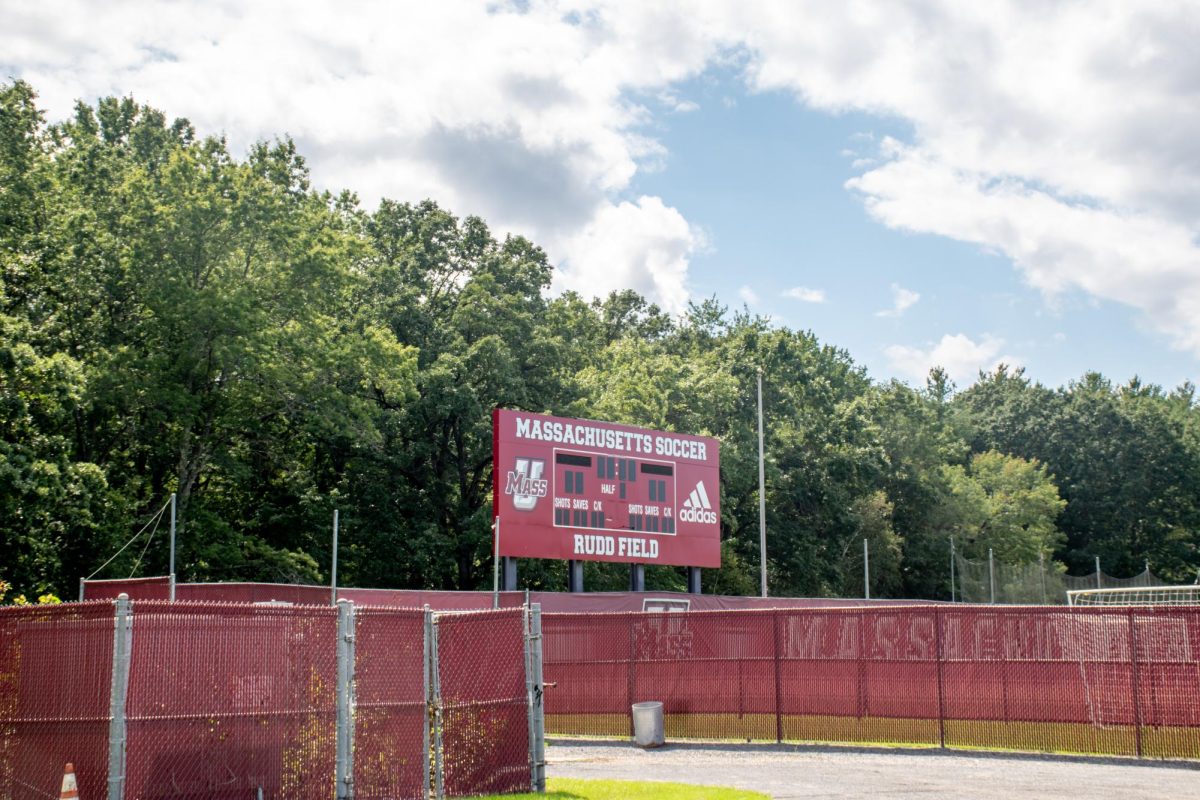

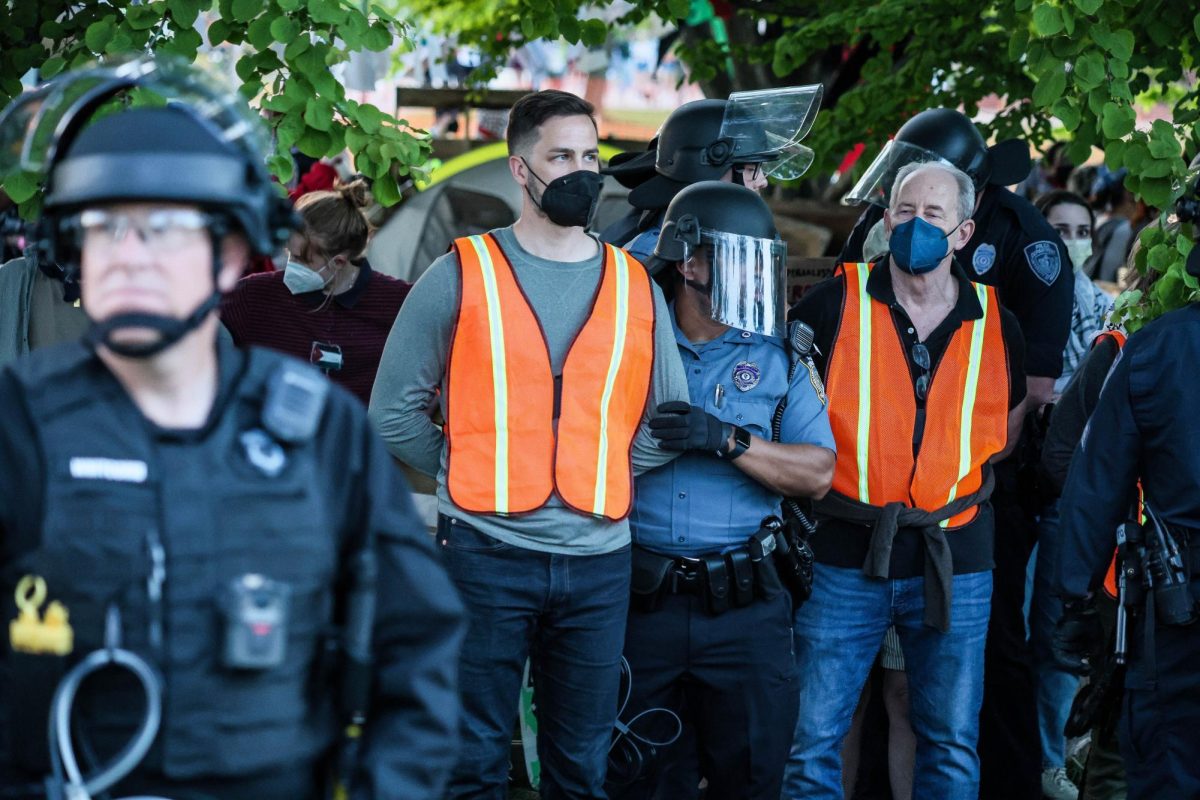

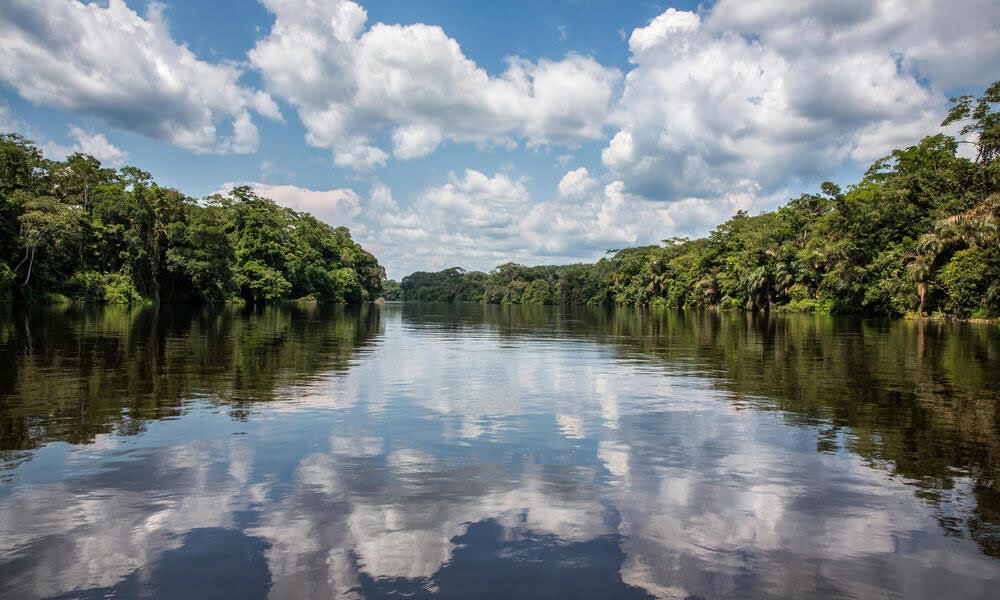


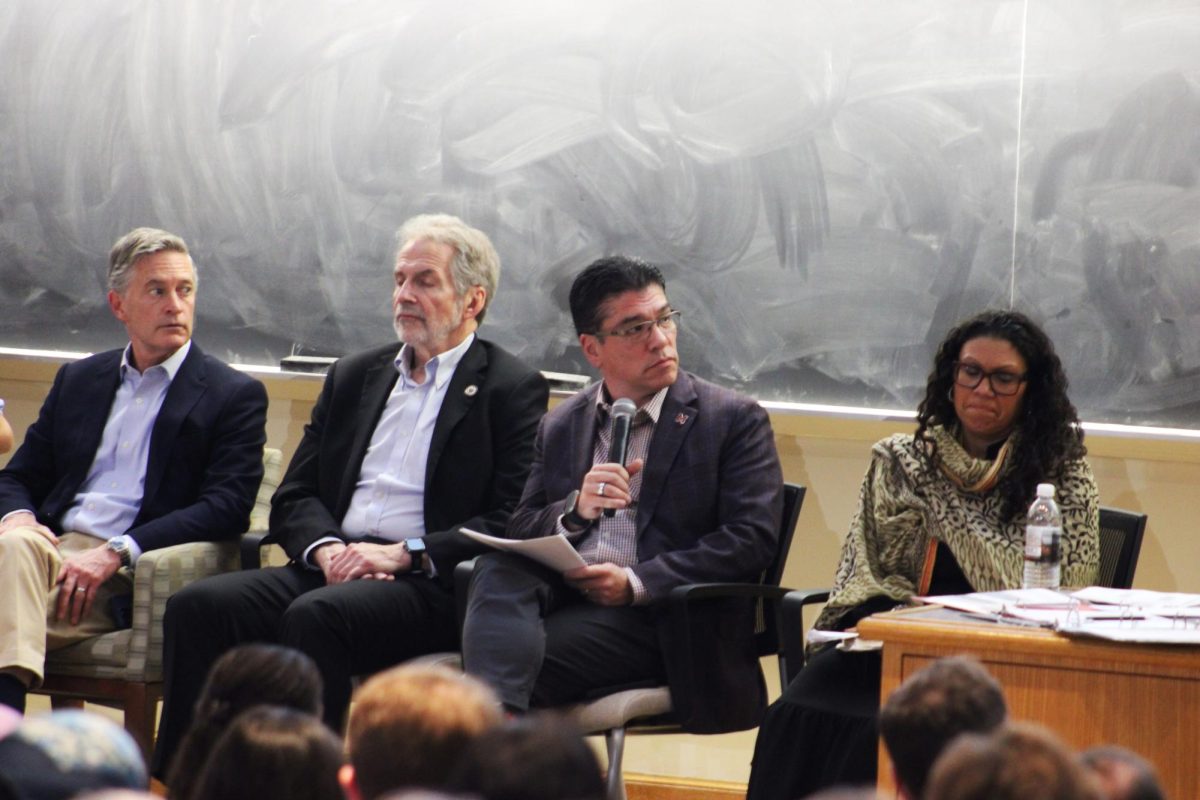

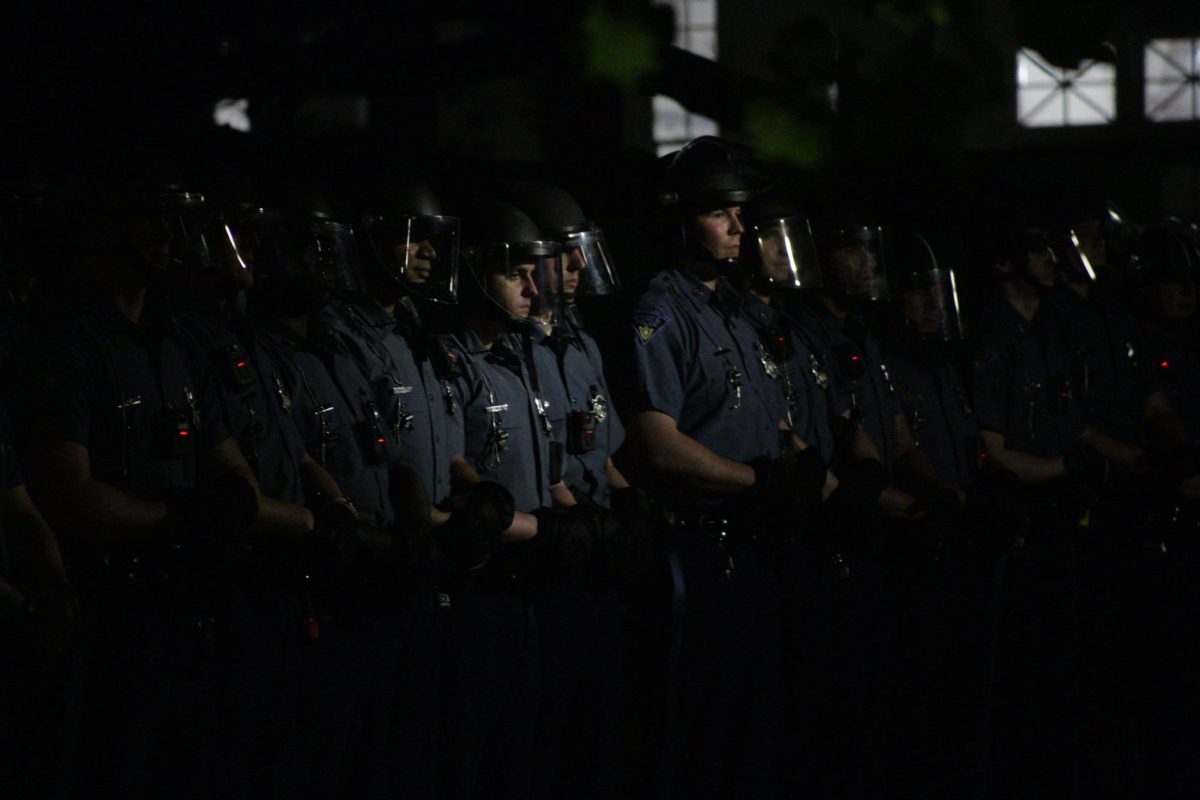
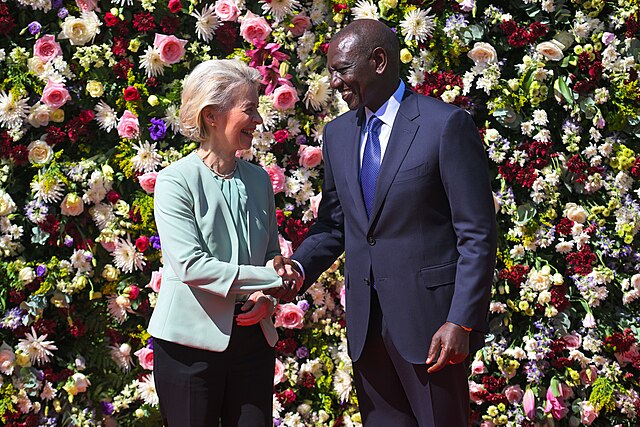
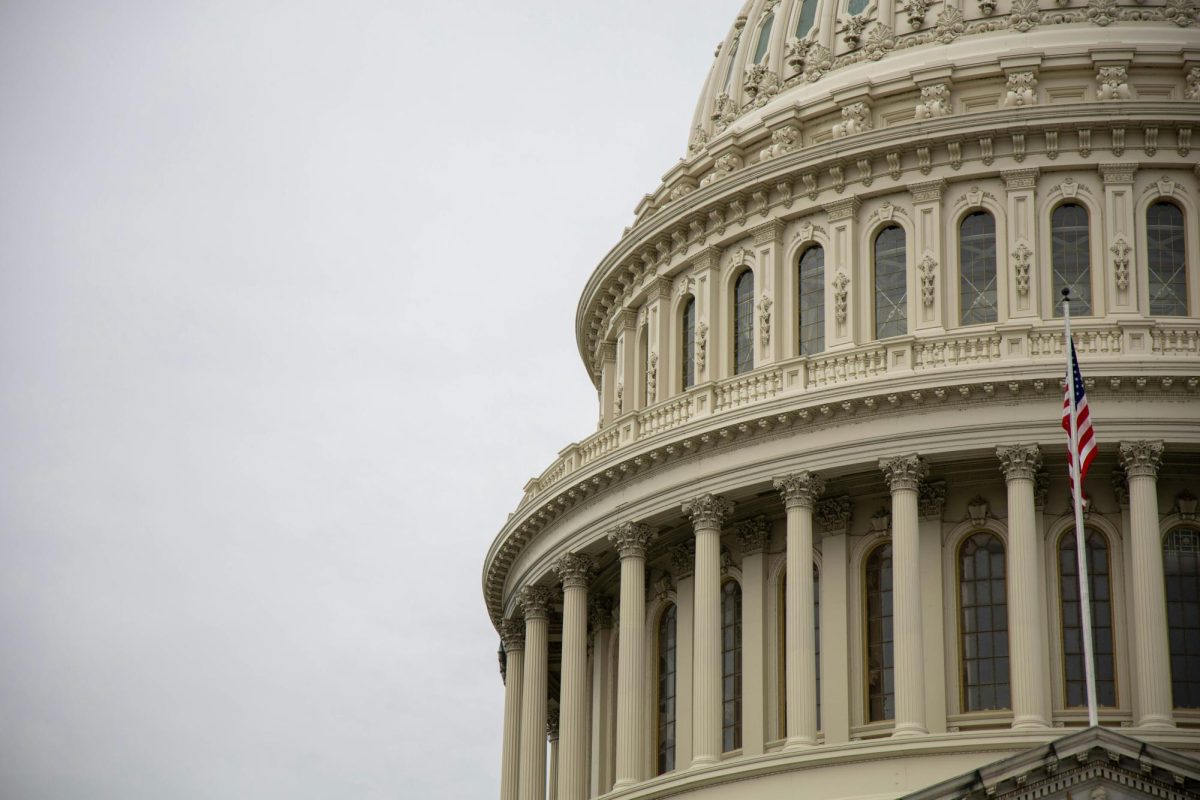



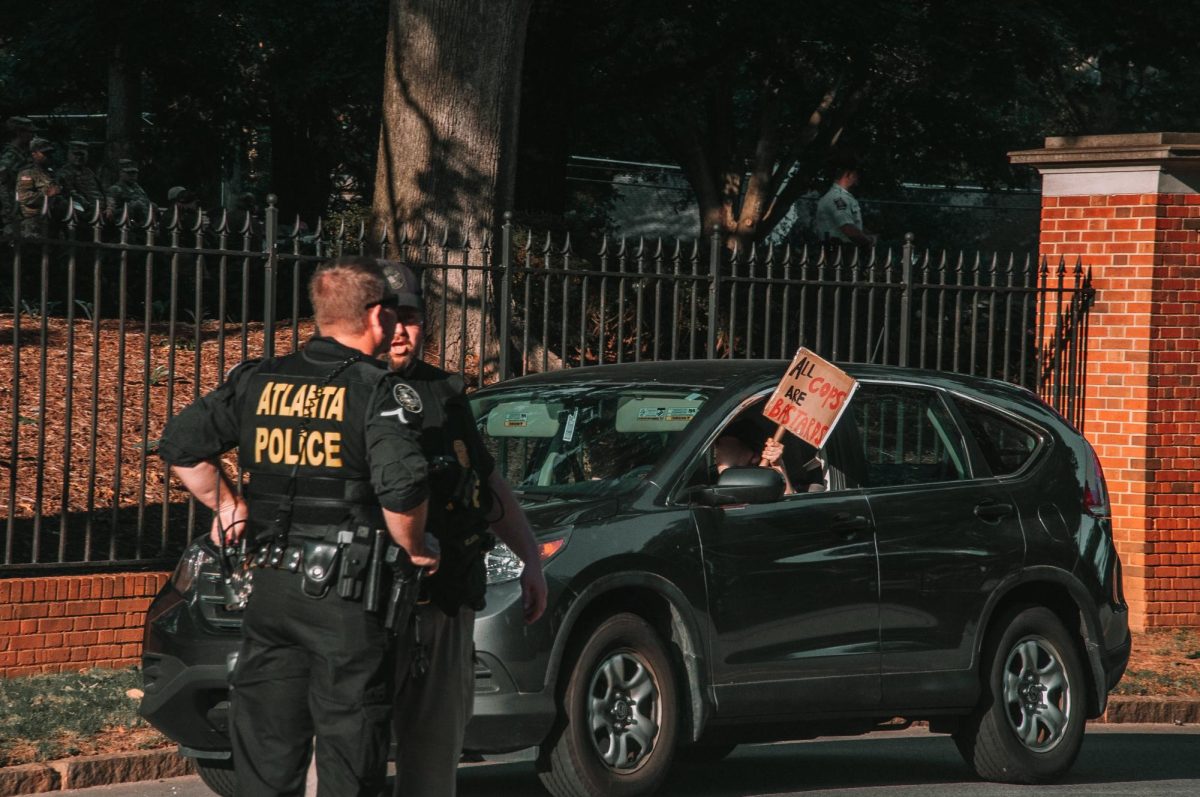
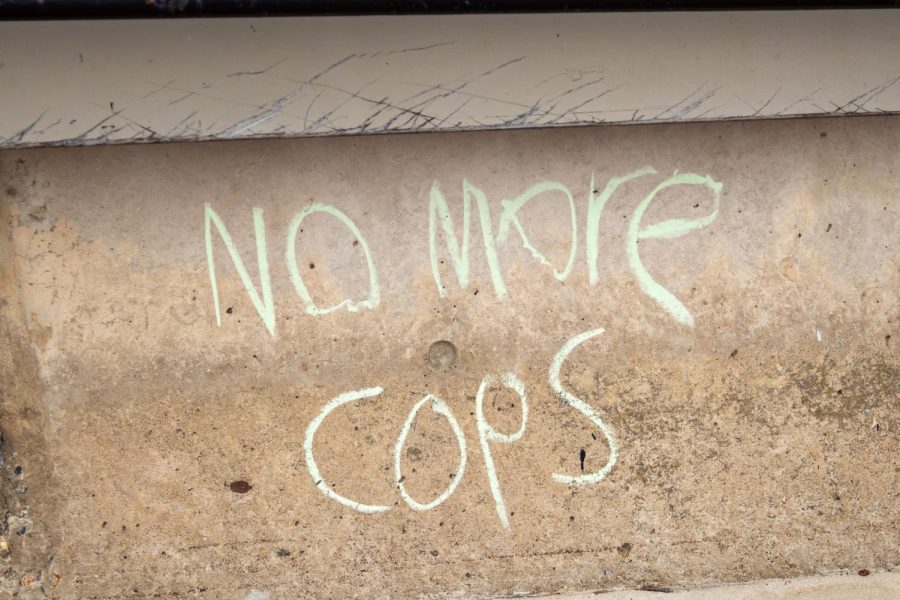
NITZAKHON • Jan 29, 2019 at 11:17 am
Walls do work. They work around the world; there are over 70 walls, e.g., protecting Egypt, protecting Jordan, protecting Hungary, protecting Israel, protecting Mexico… and a wall would work here too. THAT’s why you’re so scared sh*tless of one – it would cut off your flow of future “D” voters.
Quote:
So, you can argue a wall is immoral or racist or too expensive or would do environmental harm or whatever. The one thing you can’t argue, however, is that a wall wouldn’t work.
https://www.americanthinker.com/articles/2019/01/of_course_a_wall_would_work.html#ixzz5e0v5GUMC
NITZAKHON • Jan 28, 2019 at 11:47 am
“R”:
I am the son of a legal immigrant. F you.
My wife is a non-white legal immigrant. F you with a chainsaw.
Our bi-racial children are my pride and joy. F you with a chainsaw dipped in lye.
Here’s hoping an illegal gives someone you love the Steinle treatment.
NITZAKHON • Jan 28, 2019 at 11:45 am
“R”:
I am the son of a legal immigrant. F you.
My wife is a legal – and non-white immigrant. F you.
Our children are beautiful, intelligent, warm, caring kids… biracial kids. F you.
Here’s hoping someone you love gets Steinle’d.
NITZAKHON • Jan 28, 2019 at 7:39 am
It IS a crisis:
http://www.thelasttradition.com/2019/01/this-is-worst-crisis-ive-ever-seen.html
Does someone you love have to get Kate Steinle’d?? Does someone you love need to die from smuggled opioids?
Why is it that the Left cares more for residents of other countries than Americans? Why is it that the Left forgives law-breaking?
Votes.
Peter most • Jan 27, 2019 at 11:35 pm
You have three problems with the current state of immigration.
1. There is a massive tolerance of illegal immigration and it’s simply that, no matter how you want to classify it as ‘undocumented.’ A crime is a crime, in a matter of fairness crime is classified by level of seriousness and impact from citation to misdemeanor to felony. Illegal entry is not a serious crime that results in the person going to jail unless they illegally enter multiple times, they are just deported back to their home country where they have roots and can continue their life there. But massive illegal immigration dilutes the law and causes serious problems in our society and also diminishes legal immigration.
2. The other problem is immigrants don’t assimilate anymore and this is similarly tolerated. It’s not going to aid the united states as an ‘union’ and it won’t aide our economy and it won’t aid unity. At the weakest level you have communities they have their own culture,etc but they otherwise work and are law abiding, you see many Hispanic communities like this , the ones who legally immigrated but then at the worst scale you have immigrants who want to set up their own legal system, not follow u.s laws, practice barbaric things like mutilating females, setting up terrorist cells in rural areas. That is the biggest problem too, a lack of loyalty and ultimately immigrants who don’t assimilate aren’t really going to contribute to our country or society because they’ll have no ties to it. In the case of Hispanic immigrants, there is massive over 100 billion dollar annual remittances.
3. The third problem is that it’s used a tool, primarily by liberals who are socialists and subversive towards capitalism, the u.s Constitution and our national in general and democrats. While this is denied, it’s pretty obvious and there is plenty affirmations by this including internal policy documents used by democrat consulting organizations. They want immigrants not only as cheap and easy votes, but to guarantee that they win. It is a crude but effective tactic, you don’t have to convince voters, you don’t have to represent their wishes, you don’t have to try hard in elections; you just need to massively import enough immigrants to tip elections in your favor.
I say this as an independent too and former democrat. So it’s not a matter of being biased and being opposed to democrats. Also this pattern of immigration being used in democracies for the benefit one side occurred in ancient greece and was one of the last things that happened before collapse.
4. So what if a collapse happens of the society? Life goes on. It is both the strength and weakness of the united states that it never collapsed. The United States has the longest lasting government of the modern era and perhaps ever in world history. It is a society deliberately established to ensure stability. At the same time it’s nature and even healthy for a society to collapse. Liberals do have a point when they say the Constitution is old , it is a bit outdated and in the 21st century it doesn’t do a good job to ensure u.s sovereignty and survival of the nation-state. Problems that didn’t exist in the 18th century and could have never been imagined, as the nation-state was the only macro form of political organization that existed. Also another problem is the u.s constitution and framework is too tolerant to dissent, which was much different back then. Because of this you have problems from illegal immigration to radical islam to even foreign nations like Russia/China setting up shop domestically and using our resources/laws against us and as well as far left/socialists who are subversive. Dissent was imagined as a way of disagreement, protest against the government, to ensure that the people ruled over their leaders. It was never anticipated or thought that ‘dissent’ and this sort of wide extension of rights would be used to undermine the Constitution and the united states.
So in the worst case. the u.s can collapse and a new society and framework can be established and one that reflects the current era and times. That’s the most likely way to ensure the prosperity of the u.s on a domestic level.
NITZAKHON • Jan 27, 2019 at 9:13 pm
It’s all about votes and creating a permanent “D” power bloc. After the 1986 amnesty, California moved from “R” to “D”. The Left wants to do that with the rest of the country. After all, since the natives won’t go along with world socialism, replace them with people who will.
Over 70,000 people died from drugs in 2017; many of those drugs came in through Mexico. But that’s no worry to the Left – in the 20th century the Left killed over 100 million. 70K per year is small potatoes.
Walls work. That’s why the treasonous Left don’t want them.
amy • Jan 24, 2019 at 8:46 pm
a daughter*
amy • Jan 24, 2019 at 8:45 pm
What is with this being turned into a racist issue??? As an immigrant of asian parents, I support the wall and security on the border entirely. It’s just common sense. It’s sad to see this being degraded into a white/brown/black issue. Just fund the wall and move on.
Didn’t trump offer amnesty in exchange?To me that seems like a fair deal, really more than fair as it’s rewarding the behavior of criminals(undocumented immigrants).
Ed • Jan 24, 2019 at 7:23 pm
I-90 (which includes the MassPike) is 3,020.54 miles long, at least four lanes wide, and has a fence on both sides. If we could build that and the rest of the 48,181 mile system — much of it in a dozen years, we really ought to be able to build a 1,930 mile fence….
I mean, like. we went from rockets blowing up to the moon landing in less than seven years….
Now if we should or want to are other issues, but don’t tell me that we can’t accomplish this if we wanted to…
Sitting Bull • Jan 24, 2019 at 4:00 pm
It is obvious the wall was needed….by 1980. When you consider $25 billion annually crosses the border in drugs, weapons and sexual slavery, it doesn’t seem rational that this could be a hot political debate. From an economic standpoint, we are told that 25-50% of low skill jobs will be automated within a generation — so why exactly are we importing illegal immigrants by the millions to do jobs that won’t be there soon? Eradicated diseases and MS-13, to name just a few social ills, are epidemics -none of that happened until Central America emptied out and perched itself in the border states.
Third world immigrants (40 million since the 1970s) have forever altered the landscape of the US. And for those of us alive for awhile, we can tell you it’s not for the better. Those societies simply don’t stack up to what was built here, whatever flaws we may have. Becoming American used to require becoming part of the culture. Now the culture is supposed to alter for the newcomers. That alone is nothing short of the destruction of a society.
It is common knowledge that the CIA has uncovered connections between terrorist networks and the Cartels. It is only a matter of time before a terrorist cell smuggled over a porous border causes real harm. Obviously, no one at UMASS is teaching that side of the equation.
There are literally hundreds of reasons to built a wall, fully patrolled with the latest tech and fortified with guards. Millions of employable people are permanently out of work, despite what the phony statistics say. We need tens of thousands of workers to find, process, detain, adjudicate and orderly deport all of those people who have overstayed visas.
The destruction of this once great society is already almost complete. Not sure any measures even matter now. History will show that the purposeful “browning” of America as a political agenda – just to prove how not racist America is – will utterly backfire. Once the population is a majority third-world origin, which is fast approaching, the effects will really be seen. It has already begun with the election to Congress of a number of the lunatic fringe and those with anti-US agendas. The Manchurian Candidates are here. History will judge us harshly for what the Baby Boomers and the American left have succeeded in unraveling these past 30 or so years. It won’t be long now.
Be careful what you wish for, university students (looking at you white males), you might just get it.
pete most • Jan 24, 2019 at 1:11 pm
So according to “R” most democrats and Bill Clinton are white supremacists? Since they all voted and supported expansion of the wall.
This association of border security with ‘racism’ and ‘white supremacy’ is one hand what morons buy into and on the other hand is an attempt by liberals to degrade the argument so it’s emotional, without facts and is also anyone who supports border security and is opposed to illegal immigration is labeled with a taboo as ‘racist’ or ‘evil’
Then “R” goes on to attack white people and it’s sad that he is actually made it into a racial issue. Usually people who talk about race all the time are racists, normal human beings brown or white, don’t really care about race. Most people haven’t met an immigrant, that’s because over 85 percent of country are americans, american born, that means most minorities haven’t met immigrants either.
Second one of border security’s biggest supporters since “R” has made this into a race thing are actually ‘brown’ people instead of ‘white people’, and around 50 percent of Hispanics support border security and why wouldn’t they??
They legally came into this country, they assimilated, they contributed, they played by the rules and worked hard. Why should a bunch of criminals get to cut the line with no consequences or punishment?
For what principal or rational reason would a legal immigrant most of who are ‘brown'(since this is all about your skin color) want to enable illegal immigration?
Ben Rudnick • Jan 24, 2019 at 11:18 am
Chuck Schumer thought all this was fine…when Obama was Prez. Just about nothing in this column has any relation to reality, with the new deal that is on the table. The $5.7 billion is not for a wall…it covers a basket of things, including 234 miles of steel slat fencing AND $800 million for humanitarian relief. Not to mention 75 more asylum judge teams…which this columnist actually comments on how important those are. But anyone who supports anything in the $5.7 billion package is racist…got it. Glad to see the Dems are the party of reason and compromise.
pete most • Jan 23, 2019 at 7:00 pm
Walls are proven to reduce illegal immigrants, only liberals who ignore facts and reason otherwise and it was until recently border security was bipartisan and democrats voted for a border wall that covered the entire border.
Border security that builds an entire wall is needed along with end of DACA and zero tolerance for illegal immigrants. Unfortunately democrats and the far left who influence the democratic party is irrational and unhinged. They are willing to shut down the entire government effecting both Americans and democrats precocious illegal immigrants for a single wall . Democrats are also very unreasonable, they demand their way or nothing.
I think president trump needs to build the wall with an emergency order and just exclude/ignore democratic party and get a few moderate democrats to vote to re-open the border.
Over 85 percent of this country are american-born, not immigrants. There are many important issues from economy to the military to crime, immigration is not very important. To shut down the entire government over a 5 billion dollar request to fund a small section of a wall is irrational.
Democrats and liberals just can’t be considered as equals anymore and need to be slowly excluded from the democratic process because they are holding this country back from progress and are mono-focused. They focus on one issue and ignore everything else and they demand that basically the whole country and our entire democracy agree with them or unless they are wrong and x epithet of racist or whatever. Not only are they holding the country back, they are just immature and childish. Liberals don’t have the maturity to participate in our democracy and maybe it’s time to start instituting standards to ensure your mature and intelligent enough to vote.
Our country would be far more advance and productive with this absurd temper tanatrums on immigration and huge debates that bring the whole country to a stall over one issue.
R • Jan 23, 2019 at 1:01 pm
It was never a real plan, anymore than ‘Mexico will pay for it’ was. It’s a symbol of white nationalism and scapegoating which is why racist white people who’ve never even met an immigrant like it. On a practical level it’s something a little kid would think of, like ‘digging a hole to china’. Heads up you are probably going to be swarmed by the right wing trolls who’ve been obsessing over this site for years.
Mike • Jan 23, 2019 at 10:54 am
911 terrorists entered legaly to the United states and not through the Mexican boarder …